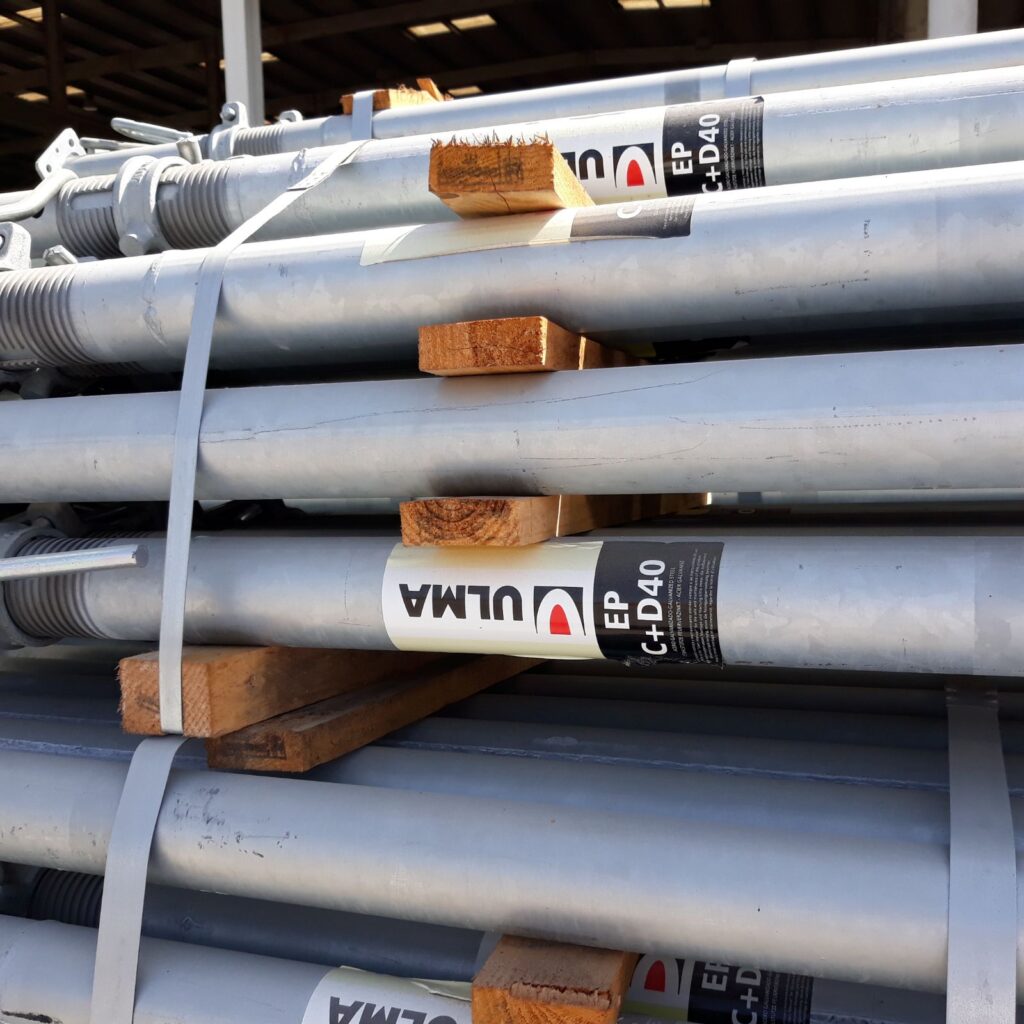Who invented the prop?

The humble prop is one of the most important components used in modern construction. For centuries we have used temporary structures to support elements of, or buildings under construction until they are sufficiently advanced to support themselves. We see numerous examples throughout the years where the Egyptians, the Romans and the Chinese all used falsework systems to support structures such as arches while under construction. These early support systems were almost exclusively made from timber and it wasn’t until the twentieth century that we saw steel tubular systems go into common use.
A Swiss immigrant living in London in 1935 called William “Bill” de Vigier had an idea for a telescopic, or adjustable steel prop which he felt would be a vast improvement on the common system of using lumber most contractors employed at the time. William was not a wealthy man and he struggled to scrape together enough finances to realize his ambition and so he turned to a solicitor called Arthur Crowe for help. The solicitor did help and William founded his small company for which he was extremely grateful to his patron, leading him to decide:
“The lawyer who organized the founding of my company was a certain Mr Arthur Crowe. That gave me the idea for the name of the company. What particularly appealed to me was the fact that the name began with an ‘A’. The advantage was that the name ‘Acrow’ would come first in any alphabetical list. Furthermore, the word ‘Acrow’ is easy to pronounce in every language and is easy to remember.”
The new company started producing its new ‘Acrow Prop’ and soon had its first client, reportedly a builder called Robert Mc Alpine. As we know the company and its new product quickly caught on and the company has enjoyed huge success over the last eighty years or so with most of the major manufacturers still making a variation of William De Vigiers famous Acrow Prop.